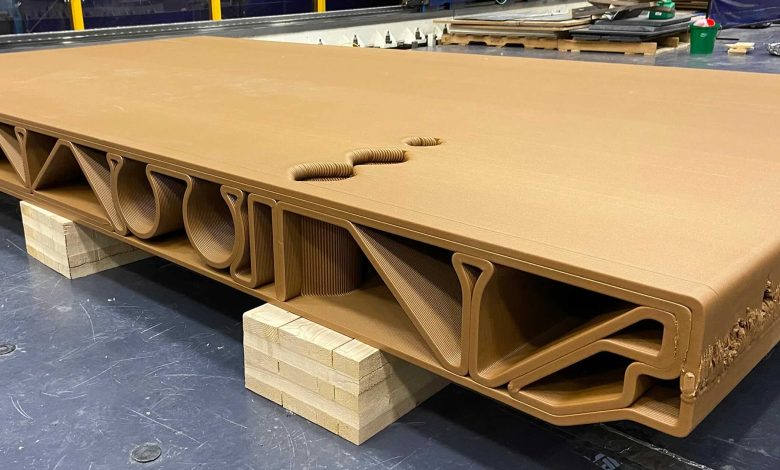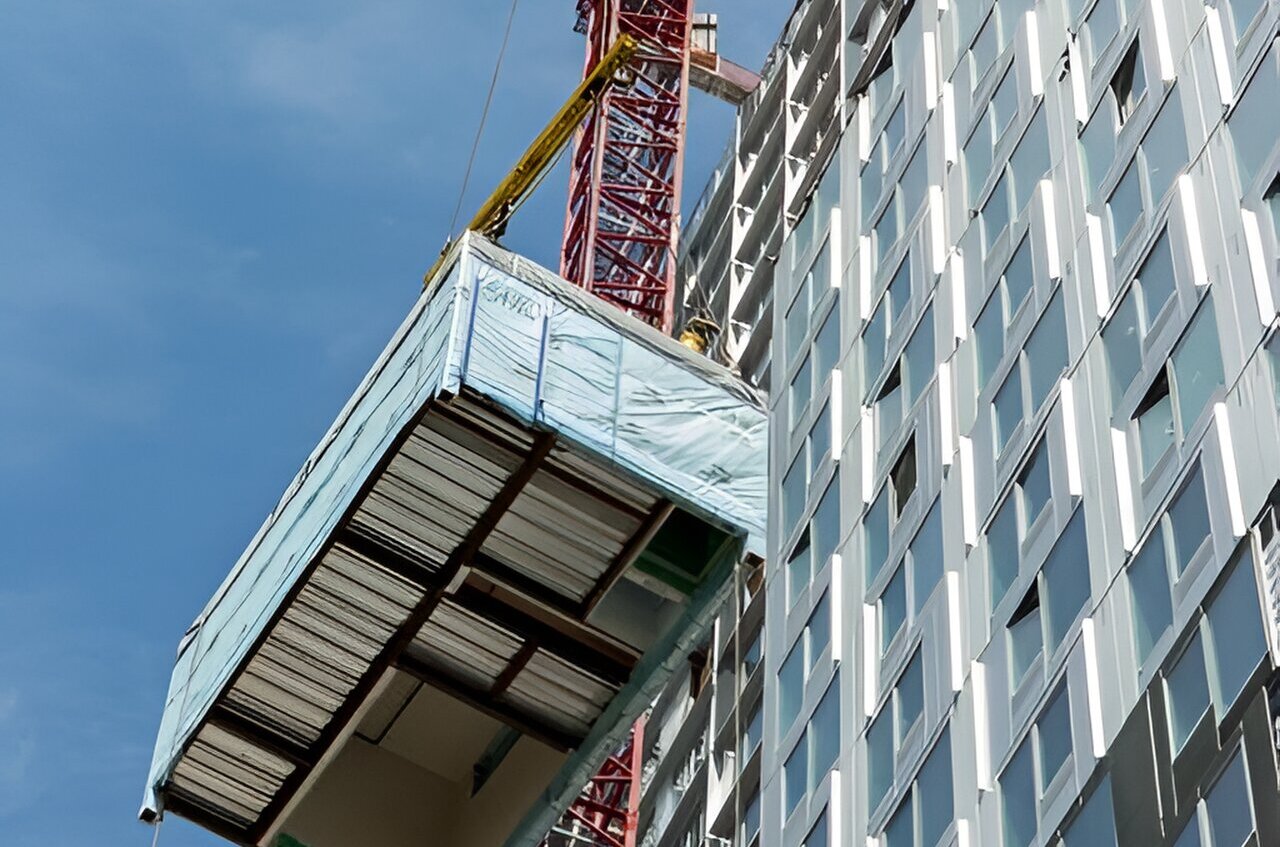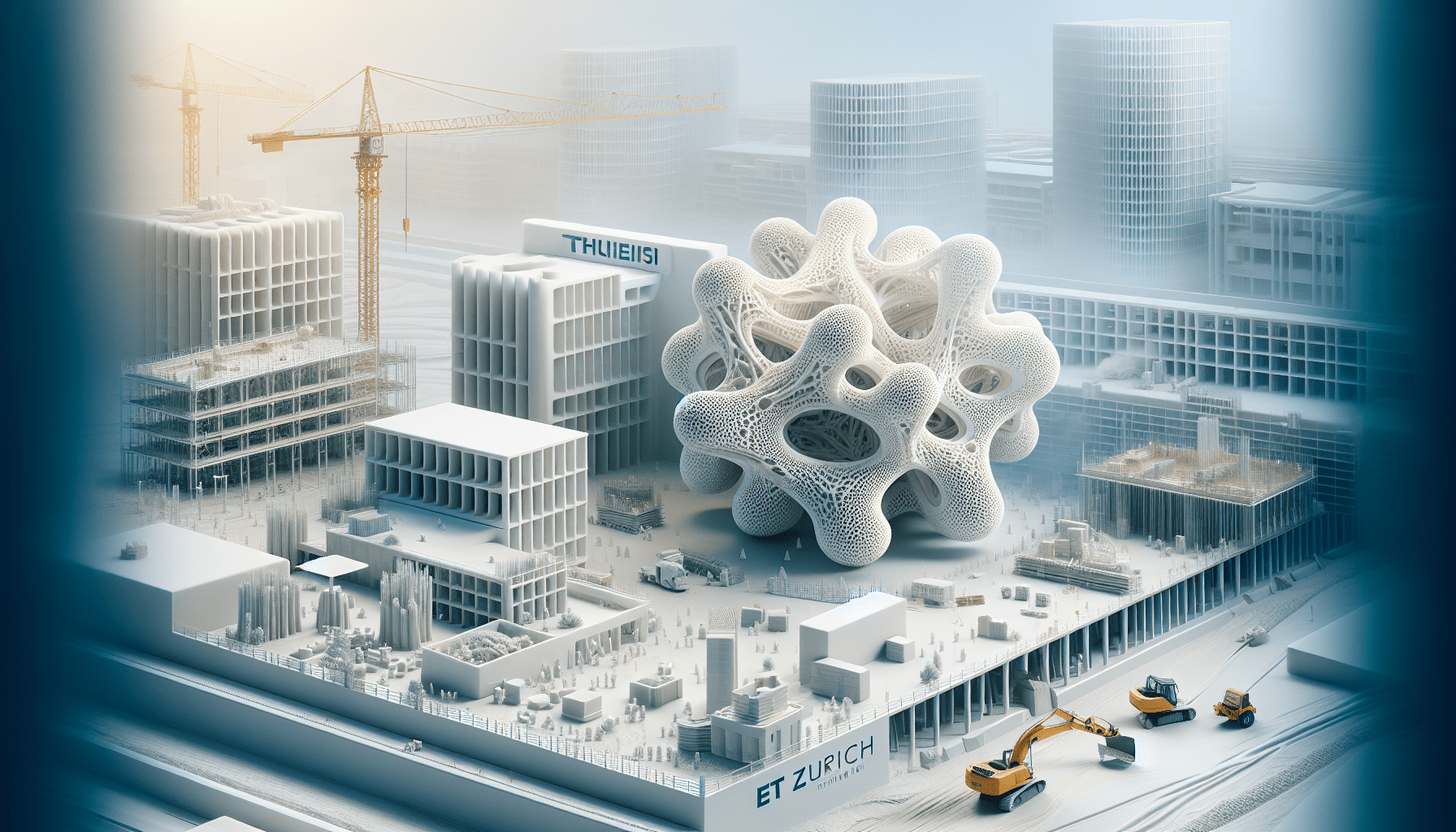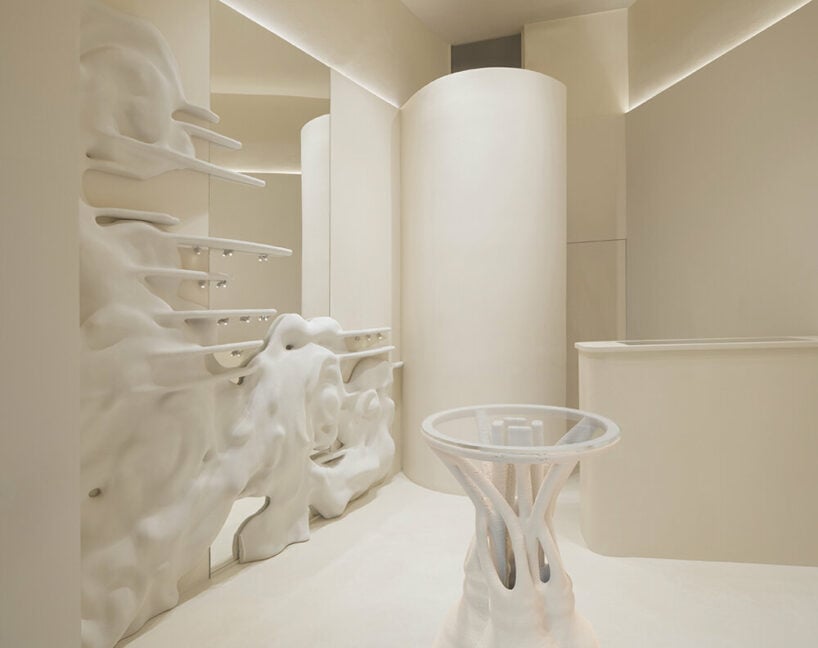ELEGOO Neptune 3 Pro FDM 3D Printer with Auto Bed Leveling, Dual-Gear Direct Extruder, Dual Lead Screw Drive, Removable Capacitive Screen, 8.85x8.85x11in Large Printing Size
$209.99 (as of June 19, 2025 23:45 GMT +00:00 - More infoProduct prices and availability are accurate as of the date/time indicated and are subject to change. Any price and availability information displayed on [relevant Amazon Site(s), as applicable] at the time of purchase will apply to the purchase of this product.)Can you imagine constructing an entire building floor out of corn residue and wood flour instead of traditional steel and concrete? That’s precisely what researchers at the Department of Energy’s Oak Ridge National Laboratory (ORNL) and the University of Maine have achieved, using advanced 3D printing technology. Their groundbreaking work on the SM2ART Nfloor cassette panel marks a significant stride towards more sustainable and efficient construction practices.

$30 off $400+ Anycubic Products with code AC30OFF
The Birth of the SM2ART Nfloor Cassette Panel
The innovative SM2ART Nfloor cassette panel represents a crucial achievement in the sustainable construction sector. Developed as part of the Sustainable Materials & Manufacturing Alliance for Renewable Technologies (SM2ART) program, this project aims to replace conventional steel-and-concrete floor assemblies with a much more eco-friendly alternative.
A Collaborative Effort
This revolution in construction materials was achieved through a collaborative effort between ORNL and the University of Maine. Leveraging their expertise in materials science, engineering, and 3D printing, these researchers created a design that not only meets but surpasses the performance standards of traditional construction materials.
From Concept to Reality
The construction of the SM2ART Nfloor cassette panel evolved from concept to prototype through rigorous experimentation. The primary challenge was to design a single-piece floor panel that could be manufactured from recyclable natural materials while maintaining the structural integrity needed for building constructions. After numerous trials and errors, the researchers successfully formulated a blend of biodegradable thermoplastic polyester bioplastic (PLA) and wood flour.
The Materials Behind the Magic
What makes this floor panel truly remarkable is its composition. The researchers combined PLA, derived from corn residue, and wood flour, a byproduct of lumber processing. This blend not only provides the necessary strength but also ensures that the panel is recyclable and eco-friendly.
The Role of PLA
PLA, or polylactic acid, is a biodegradable thermoplastic derived from renewable resources like corn starch or sugarcane. It is known for its biodegradability and is widely used in various applications, including medical implants, food packaging, and now, construction. The use of PLA in the SM2ART Nfloor cassette panel not only contributes to sustainability but also ensures that the material can be repurposed at the end of its life cycle.
Wood Flour: A Sustainable Choice
Wood flour, made from the waste of lumber processing, is another key component of the floor panel. When mixed with PLA, it creates a strong, durable material that can withstand the demands of building construction. This partnership highlights the innovative approach of repurposing waste materials to create high-performance products.

Buy Photon Mono M5 Get Free 1KG Resin
The 3D Printing Process
Creating the SM2ART Nfloor cassette panel involved a large-scale 3D printing process. Using precise geometric designs, the researchers were able to deposit the PLA/wood flour mixture layer by layer, forming a single-piece floor panel in about 30 hours.
Efficiency and Automation
One of the significant advantages of 3D printing is its efficiency and automation. The process allows for continuous and autonomous production, reducing the labor requirement by about 33% compared to traditional steel floor assembly. This time-saving aspect can lead to significant cost reductions in large-scale construction projects.
Customization and Precision
3D printing also offers a high degree of customization and precision. By incorporating cutouts for electrical conduits, plumbing lines, and HVAC ductwork directly into the design, the need for additional labor-intensive modifications is eliminated. This not only speeds up the construction process but also minimizes waste and enhances the overall quality of the finished product.
Practical Advantages and Potential Applications
The SM2ART Nfloor cassette panel has been designed with the future of construction in mind. Its practical advantages and potential applications make it a game-changer for the industry.
Strength and Sturdiness
Despite being made from natural materials, the panel boasts strength and sturdiness comparable to traditional steel floor assemblies. According to Scott Tomlinson, a structural engineer at the University of Maine’s Advanced Structures and Composites Center, this single-piece floor assembly is even stiffer and provides an improved walking experience. This could be particularly beneficial for multi-story buildings that require robust floor structures.
Environmental Impact
Sustainability is a significant driving factor behind this innovation. The use of renewable materials and the panel’s recyclability ensure that the environmental impact is minimal. Unlike traditional building materials that often end up in landfills, the SM2ART Nfloor cassette panel can be repurposed at the end of its lifecycle, fostering a more circular economy in the construction industry.
Application in Modular Construction
The potential applications of this technology are vast, particularly in modular construction. This method involves creating complete sections of a building at an offsite factory before delivering them to the construction site for final assembly. The SM2ART Nfloor cassette panel’s customizability and efficiency make it an ideal fit for modular manufacturing, offering a cost-effective and sustainable solution for urban residential structures.

Challenges and Future Research
As promising as this innovation is, there are still challenges to address and areas for further research to fully realize its potential.
Flame Retardants and Insulation
One of the critical areas for future research is the development of flame retardants. While the current blend of PLA and wood flour offers excellent performance, ensuring the material passes all safety standards, including fire resistance, is essential. Additionally, the potential for adding sustainable insulation to the floor panels could further enhance their thermal properties, making them even more attractive for residential and commercial applications.
Improving Production Techniques
To make the manufacturing process faster, more efficient, and cost-effective, researchers are continually working on improving production techniques. This includes optimizing printing speeds, refining material formulations, and enhancing the overall quality of the finished product. Such advancements could significantly reduce the cost of sustainable construction materials, making them more accessible and widely adopted.
Commercialization and Market Adoption
Commercializing this technology and gaining market adoption is another crucial step. Researchers will need to work closely with industry partners, regulatory bodies, and construction professionals to showcase the benefits and practicality of the SM2ART Nfloor cassette panel. Developing a robust supply chain and scaling up production capabilities will be essential to meet the growing demand for sustainable construction materials.
A Glimpse into the Future of Construction
The collaboration between ORNL, the University of Maine, and industry partners like SHoP Architects marks an exciting chapter in the future of construction. The SM2ART Nfloor cassette panel exemplifies how innovation and sustainability can go hand in hand, paving the way for more environmentally-friendly building practices.
The Role of SHoP Architects
The idea for this research project was suggested by SHoP Architects, a New York City-based architectural design firm known for its innovative approach to design and construction. Their interest in mass-producing floor panels more efficiently with greener materials and additive manufacturing sparked the collaboration that led to the creation of the SM2ART Nfloor cassette panel. This partnership highlights the importance of industry collaboration in driving forward sustainable innovations.
2024 Housing Innovation Showcase
The SM2ART Nfloor cassette panel and components of BioHome3D, the nation’s first additively manufactured home made entirely from biologically based materials, were recently displayed during the US Department of Housing and Urban Development’s 2024 Housing Innovation Showcase on the National Mall. This event provided a platform to demonstrate the potential of sustainable construction technologies to a broad audience, including policymakers, industry leaders, and the general public.
Continuous Innovation
As the SM2ART program continues to evolve, researchers are confident that ongoing innovation will lead to even more advanced materials and techniques. The goal is to continually push the boundaries of what is possible with sustainable construction, ensuring that future buildings are not only strong and durable but also environmentally responsible.

Conclusion
The development of the SM2ART Nfloor cassette panel represents a monumental leap forward in the quest for sustainable construction materials. By harnessing the power of 3D printing and innovative material formulations, researchers at ORNL and the University of Maine have created a product that stands as a testament to human ingenuity and the potential for a more sustainable future.
With continued research, improvements in production techniques, and increased market adoption, the SM2ART Nfloor cassette panel could become a cornerstone of modern construction practices. This pioneering work not only addresses the growing demand for eco-friendly building materials but also sets a new standard for what is possible in the construction industry.
The future of construction is here, and it is green, efficient, and remarkably innovative. As we look ahead, the possibilities for sustainable, additive manufacturing in the construction sector seem boundless, promising a brighter, more eco-conscious world for generations to come.
$30 off $400+ Anycubic Products with code AC30OFF








